When we consider major environmental threats to marine life, we often think of issues such as oil spills, overfishing, and plastic pollution. A threat that’s likely not as familiar to the general public but holds grave consequences is that of ocean noise pollution. NOAA’s National Ocean Service defines ocean noise pollution as “sounds made by human activities that can interfere with or obscure the ability of marine animals to hear natural sounds in the ocean.” An article in Yale Environment 360 shares a quote from marine scientist Christopher Clark: “We are injecting so much noise that we are effectively acoustically bleaching the world’s oceans.”
Steps to Reduce Your Plastic Waste
One of the most important actions we can take to protect whales and dolphins is reduce our usage of plastics, which all too often end up in the ocean. In fact, it’s predicted that by 2050, there will be more plastic in the ocean than fish. According to research, ten percent of all whales and dolphins have ingested plastic. Plastic stays in animals’ digestive tracks and can easily result in death. On June 2, 2018, a Guardian article reported that a whale died from eating more than 80 plastic bags. Another such tragedy involved sperm whales in the Mediterranean, where nine out of 24 carcasses revealed that the animals’ stomachs were blocked by large amounts of plastic. Sadly, plastic-related cetacean deaths such as these are not uncommon.
The Complexity of Species Extinction: Can Conservation Learn From The Past?
Last month the Vaquita received a lot of attention. NOAA announced plans to corral the last 30 or so of this severely endangered species and place them in sea pens. They will use specially trained navy dolphins to assist in capturing the most endangered porpoise in the world and transport its members to San Filipe where the species will hopefully recover to the point they can be released back into their natural habitat. This multi-million dollar plan to save a species from human-caused extinction illustrates how complex extinction can be. Not just because we have the ability to engineer recovery of species on the brink but because when it comes to studying illusive cetaceans, a lot of time and money is needed simply to assess numbers in populations and perform genetic analysis, all research essential in order to determine stock size and vulnerability. The vaquita is not the first cetacean to reach this level of human-caused vulnerability. The Baiji river dolphin’s story was remarkably similar, a spices that is now extinct.
The Surprising Diversity of Feeding Methods in Baleen Whales
Baleen first evolved in whales to take advantage of an underutilized prey resource, namely small shoaling fish and krill. A transformation occurred from rudimentary teeth to an intermediate state with both teeth and baleen, until eventually rudimentary teeth were absorbed before birth to make way for baleen plates.
Paradise or Graveyard: The Reasons Behind Cetacean Strandings
If you were to look out at a sandy beach your first inclination might be to get the sunglasses out and let your stress melt away however beaches cam sometimes become the end-point for cetaceans when they either wash up dead or live strand. This was evidenced by one of the worst live stranding events in New Zealand’s history last month.
Bay Area Updates From The 2016 International Cetacean Conference
The American Cetacean Society hosted their 15th international cetacean conference in Monterey last month. The conference included a host of well-known names and a ton of interesting current research. I want to share with you some of the topics that relate to the bay area as well as some of the interesting advances in the field of cetacean science.
